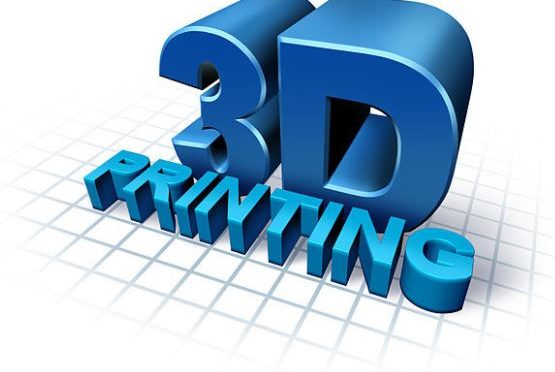With growing consumer demand, there will soon be mass scale customisation in India when it comes to 3D printing, domestic 3D printing firm Imaginarium has said.According to the market intelligence solutions firm 6Wresearch, India’s 3D printer prototyping and materials market is projected to reach over $62 million by 2022 with several startups entering into the niche segment.
“Mass customisation will be the new normal, instead of mass manufacturing,” Tanmay Shah, Head of innovations at Imaginarium, told IANS on Monday.
The 3D printing industry, which in the past was limited to manufacturing motor vehicle parts, jewellery and a few other applications, has evolved to deliver everyday consumer products based on individual user’s preferences and the trend will only go upwards.
Imaginarium has created an online platform for Indian users where they can submit a design, select building materials and get the desired 3D printed object. Jewellery is the most popular segment in this so far.
The company has partnered with engineering, automotive and home appliances manufacturing industries to deliver parts and packaging using 3D technology.
The technology has also found application in the medical field.
“We are working with medical specialists to bring personalised healthcare solutions. Using MRI scan, we can recreate internal organs like heart or kidney in 3D so that a doctor has a tangible organ to test on before the surgery,” Shah said.
“The technology can also be used to create implants and prosthetics,” he added.
However, compared to major global firms, domestic startups still lag behind.
At a time when scientists in London have developed 3D printed living tissues, India still needs to move beyond jewellery and car parts.
“In India, there is a certain level of technology R&D happening in academic institutions as well as startups, who are working on building their own machines. But compared to the world, we are still some distance away from making industrial grade 3D printing machines,” noted Shah.
”We will need new tools, new ways of manufacturing and in the next few years, people will start getting access to 3D printed products more and more,” Shah told IANS.
IANS
Picture courtesy: Alamy
